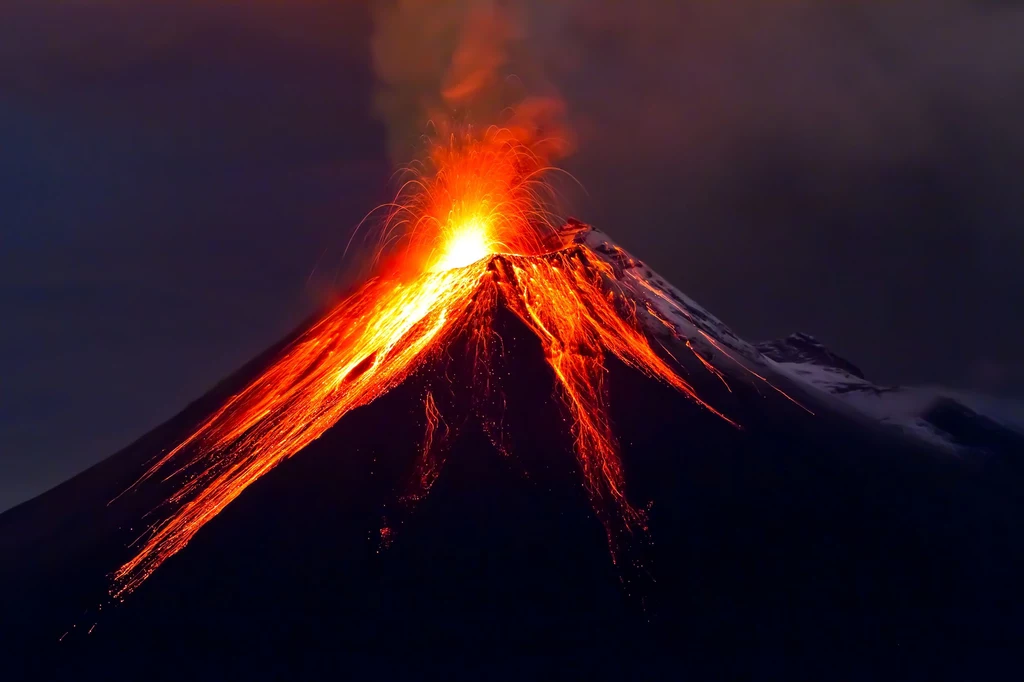Diamonds are born in hell. More specifically, in the hellish conditions that exist deep within the Earth. Research and laboratory tests show that these are Carbon crystals form in the mantle – the liquid layer of the Earth, where pressure is high, excess carbon is squeezed out of molten rock and forms into crystalline particles.. Others may be born in zones where tectonic plates are thrust deep into the Earth. They attract organic matter including carbonate minerals. Rising temperatures and pressures make carbonates chemically unstable, expelling carbon to form diamonds.
Diamonds are a source of invaluable scientific data
These processes go on and on, but these diamonds that we see on the surface of the earth are primitive. Most of them are more than a billion years old, and the oldest crystals examined by scientists are 3.5 billion years old. This means they are definitely older than earthly life. Some were formed after our planet was formed.
They are therefore an invaluable archive of geological data. withThe particles of other minerals and fluids in them, called inclusions, preserve a chemical record of what the original Earth looked like. Thanks to them, we know, among other things: the depth of our planet's crust contains an equal amount of water to all the oceans on the surface.
Diamonds only come to the surface from deep within the earth thanks to the most peculiar volcanic eruptions. They are shot up from the depths by supersonic magma streams called kimberlites – the name comes from South Africa's Kimberley Farms, where diamonds were first discovered in igneous rock in the 19th century. But such destructive scenes are a thing of the distant past. The kimberlites died out millions of years ago, and scientists have been wondering why for decades.
Mount VesuviusThe Dronaut/CC BY-SA 4.0Wikimedia
Supersonic volcanoes scatter diamonds
To date, about 6,000 kimberlite formations have been discovered. Most of them are found in South Africa, but they can be found on every continent, including Antarctica. About 3 percent consists of large diamonds. All of them are volcanic in origin. Compared to classic mountain volcanoes, kimberlite volcanoes are very strange.
The first feature that differentiates them is their magma. In most volcanoes, molten rock that bubbles up in the Earth's crust boils and turns into the complex lava flows that we still see today in various parts of the Earth. But kimberlite volcanoes skip this step. Their magma contains fluids and minerals—and even fragments of partially intact rock—coming directly from deep within the crust. This means that kimberlite eruptions must occur quickly. As it rises from the crust to the crust, the carbon in the erupting material turns into carbon dioxide gas, turning the magma into foam that shoots to the surface at great speed.. As magma accelerates, it lifts up diamonds and whole pieces of mantle rock. Once it reaches the surface, it can travel at supersonic speeds.
As a result of such an eruption, the conical mountain characteristic of other volcanoes was not formed. An eruption breaching the surface will create a rapidly expanding crater. Large volumes of lava and a wave of hot air and dust destroy anything nearby in what is called a pyroclastic flow. After a few hours, the eruption stops, leaving a gap in the ground, chunks of solidified magma, and a mile-deep channel in the earth filled with fragments of volcanic rock and other debris.
The mystery of the extinction of the kimberlites
Therefore, today, after millions of years of eruptions, remnants of kimberlite volcanoes are commonly found deep underground.
Scientists have a good idea of how such explosions occurred, but they don't know why we can't see them with our eyes today. Kimberlites began erupting about 2 billion years ago and peaked about 100 million years ago. At its longest, the youngest known kimberlite is 30 to 40 million years old. Then they disappear from the geological record.
At least it seemed that way until 2012. A team of geologists studying the Ikwisi volcanoes in Tanzania found that the chemical composition of the local lava matched exactly what was known from kimberlite volcanoes. The most recent eruption in that area was not 30 million years ago, but 10,000 years ago. years ago. This undoubtedly makes Iquizi the youngest kimberlite volcano on Earth.
The Great Rift Valley before the Big Bang
Geologists are excited because it means the kimberlites aren't gone forever. The work was published last year by geologists from the British University of Southampton under the supervision of Prof. Thomas Gernon indicated that an entirely new period of their activity might be approaching. With their explosions, billions of new diamonds can reach the Earth's surface.

Volcanic eruptions are difficult to predict.123RF/PICSEL
Because Tanzania is located in a specific geographical location on our planet. The country is located on the so-called Great East African Rift – 6,000 km long from Mozambique in the south to Ethiopia and Djibouti in the north. The rift is where the continent splits – over 25 million years, the Horn of Africa has been breaking off and moving eastward. Where the deep valley is today, one day, in about 10 million years, a new ocean will be born.
This process is accompanied by large geological forces. The Great Rift Valley region is surrounded by active volcanoes. Scientists believe that the growing rift could also lead to the discovery of new kimberlites among them – it is difficult to determine when this will happen. However, it will definitely be hard to miss. A massive supersonic explosion would be one of the largest explosions humanity has ever seen. It will also signal to the diamond industry that it is time for new exploration.
Polish volcanoes are covered. There will be a 60 meter mastBolsad news

. “Hardcore internet junkie. Award-winning bacon ninja. Social media trailblazer. Subtly charming pop culture advocate. Falls down a lot.”
